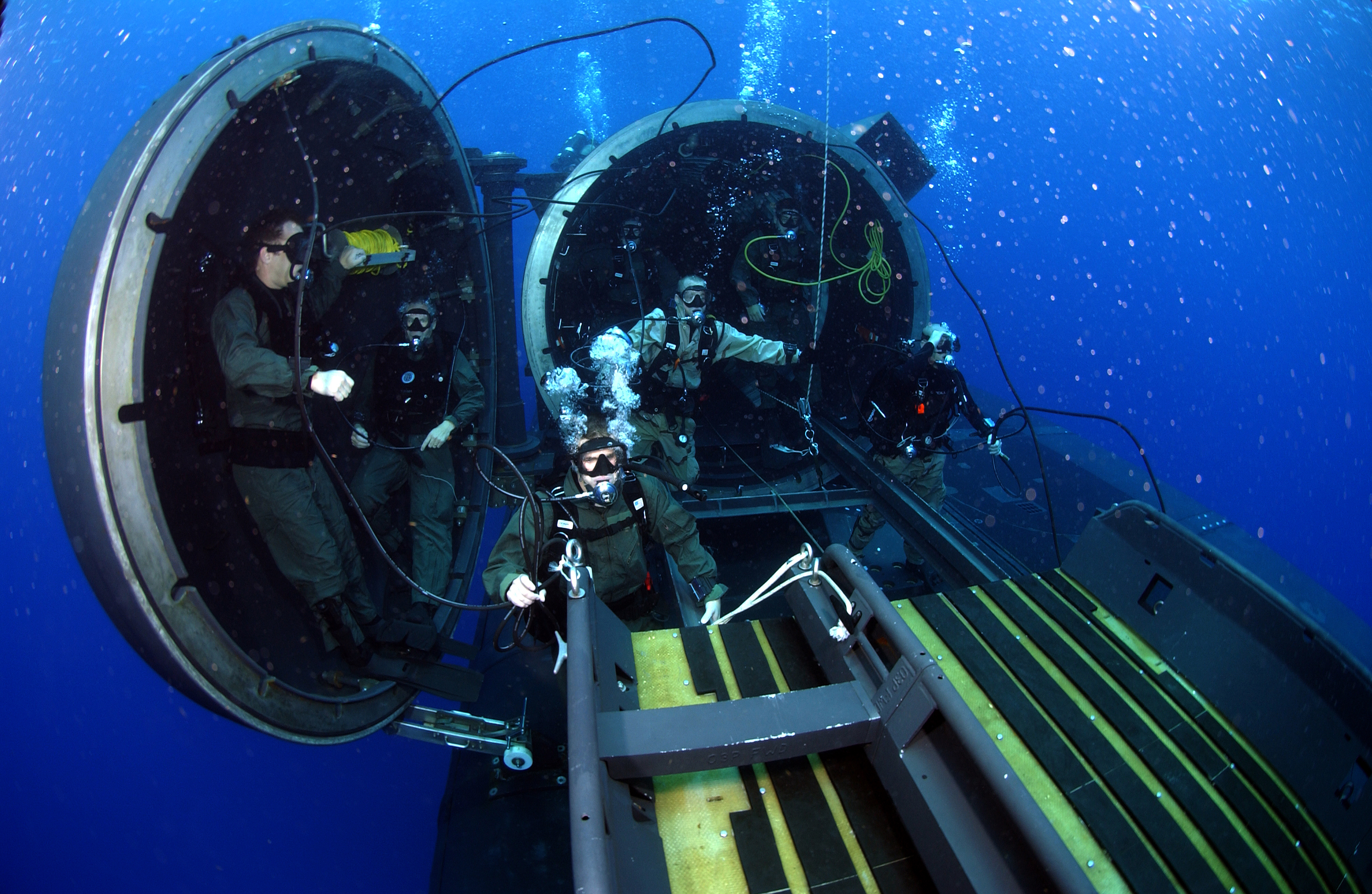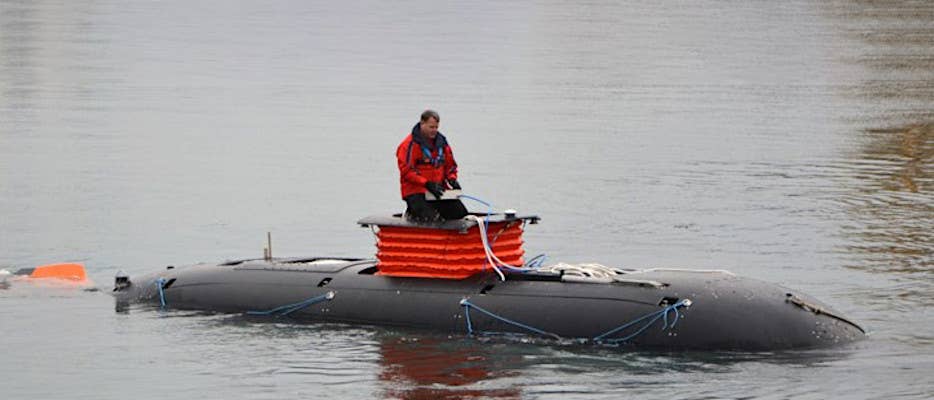The US Navy has finally acquired a technology that it has been working on for decades, as the first “Dry Combat Submersible” mini-submarine has been inducted into service and will be used by the elite US Navy SEALs for special operations.
FIRST TIME! Russia Strikes At NATO’s Doorstep; Hits Ukraine’s Reni Port In Retaliation For Crimea Attacks
A press release from Lockheed Martin on July 24 stated that the Dry Combat Submersible (DCS) achieved initial operational capability (IOC) with the Navy sometime in May. Lockheed Martin has given the Navy two DCSs, and construction on a third one is nearly complete.
Jason Crawford, senior program manager for Manned Combat Submersibles, said, “The Lockheed Martin team is proud of the work that has gone into the development and delivery of DCS and supporting USSOCOM to this IOC milestone. We look forward to delivering the third DCS and supporting DCS into Full Operating Capacity.”
The new Dry Combat Submersible would allow the troops to travel to their destination partially submerged but would not require them to be continually submerged in the usually frigid water, in a stern departure from previous SEAL Delivery Vehicles.
The acquisition is significant as the US Navy has been trying to acquire this capability for several decades.
The manufacturer stated in its press release that with this capability, US Special Operations Forces could safely go significant distances below the ocean’s surface without needing a wetsuit or being exposed to the elements. Special operators can enter and exit the vehicle while completely underwater and remaining unnoticed, thanks to the DCS’s lock-in/lock-out technology.

DCS allows soldiers to arrive covertly at their selected exit point while transporting a special operations team to their destination. Currently, the flooded submarine can carry four SEALs and two drivers wearing wetsuits to travel undetected underwater.
The press statement from Lockheed Martin also emphasizes how current SDVs prevent its passengers from hydrating because they must always wear wet suits and scuba equipment. For longer transits, there is still another potentially serious problem.
Gregg Bauer, C6ISR vice president, and general manager at Lockheed Martin, said, “The Dry Combat Submersible has the potential to transform undersea warfare for special operators. DCS provides safe, clandestine delivery for occupants over long distances in a completely dry environment and features a lock-in and lock-out chamber. Occupants arrive at the mission warm, rested, hydrated, and ready.”
A dry submarine was envisioned as a replacement for the Advanced SEAL Delivery System, a former enclosed transport submarine. However, after a prototype caught fire in 2008, the development of this earlier advanced sub was shelved.
It was also believed that the submarine’s development was put on hold at the time due to program cost overrun.

Additionally, the decision was taken as these developments were happening when SEALs were primarily conducting operations on land and in the air, as required in conflict zones like Iraq and Afghanistan. These factors, coupled with an accident and increased costs, proved to be a spoiler.
However, the program was kickstarted in 2016 after a long lull when Lockheed Martin announced the development of the Dry Combat Submersible vessel without offering many additional details.
What Do We Know About DCS?
The DCS is based on a miniature submarine design from MSubs in the United Kingdom called the S351 Nemesis. Since the American defense company, Lockheed Martin started working on the project in 2016, MSubs has been a member of the team designing and constructing the DCS.
Although most details about this new submersible of the US Navy remain shrouded in secrecy, it was earlier told by MSubs that the 30-ton displacement and 39-foot-long S351 features an all-electric propulsion system that allows it a maximum range of 66 nautical miles when traveling at a speed of roughly five knots. It has a maximum depth of about 330 feet (100 meters).

For perspective, Nemesis can accommodate up to eight additional people or suitable cargo weighing up to one metric ton, although it only needs a crew of two to operate.
The submarine can reportedly go 36 nautical miles at 4 knots with just the driver and navigator on board, requiring nine hours.
It is believed that the new vessel will guarantee a better start to operations for SEALs, who can arrive at missions having only momentarily put on wetsuits instead of dealing with the ocean’s heaviness for hours.

The service’s current SDVs are called “wet” submersibles because their passengers travel exposed to the water around them. Even in areas where normal temperatures tend to the warmer side, this might make for an extremely cold trip.
As a result, the operator becomes more exhausted and may run significant health risks. DCS seeks to reduce or eliminate that inconvenience.
This capability would come in handy for the SEALs, who are trained to carry out a variety of missions underwater, including sabotage and destruction. DCSs might be employed to deliver or remove special operations units like SEALs from the sea.
According to some reports, the DCS would need to be deployed via a mothership on the surface, like an amphibious warfare ship. The Navy has also been considering how to transfer the first-generation DCSs to forward sites first using US Air Force C-17A Globemaster III cargo planes to deploy them more quickly.
- Contact the author at sakshi.tiwari9555 (at) gmail.com
- Follow EurAsian Times on Google News




